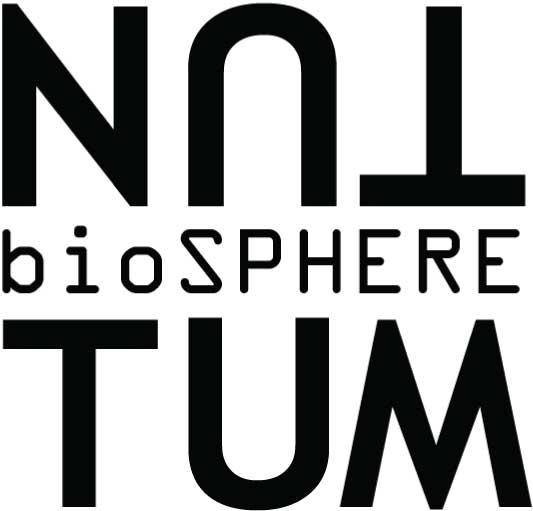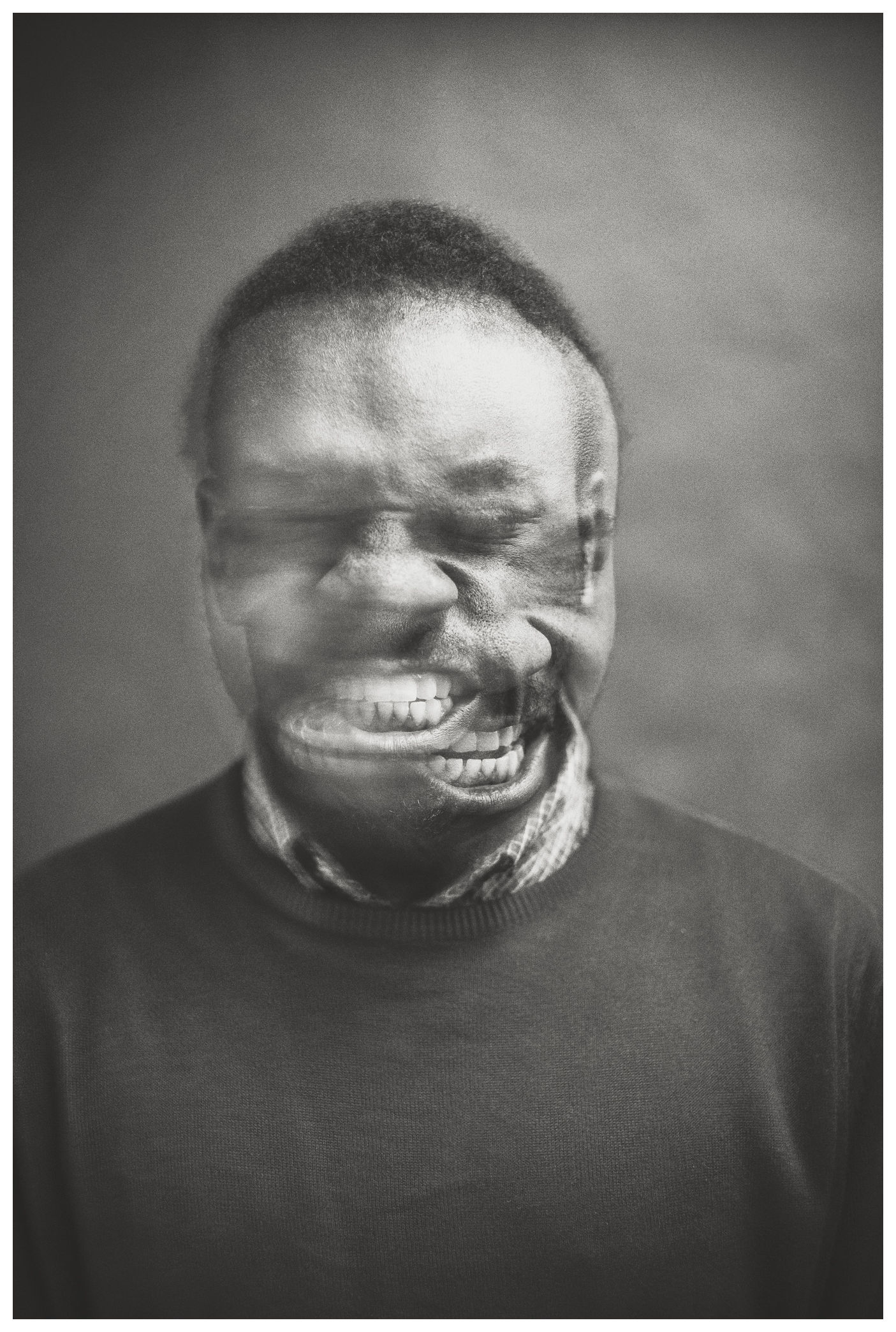
Opoku Mensah is a research artist creator and creative designer. He has a contemplative practice and spends much time thinking and investigating, before creating conceptual performances, audio recordings, and texts. He presents his output to the viewer as an experiential learning process.
Mensah graduated from École National Supérieure Beaux-Arts in 2017. He has since participated in the Post Graduate Residency at the Van Eyck Academie and been a guest lecturer in the department of sculpture at the University of Chiang Mai. He has taken part in numerous group exhibitions, notably the 1st Lagos Biennial for Contemporary Art Living on the Edge, Afriques Capitales at La Grande Halle de la Villette, and the Biennale of Dakar, International Exposition for Contemporary African Art. He had his first solo show Incantations Encounters at Chiang Mai Univerisity Art Gallery in 2018. He is represented by Circle Triangle Square art platform until July 2020.
Early Works
Mensah's early works questioned his being. In his solitary, absent body, locked into space-time, he sought to understand the facets of singularity through collective entity, human identity and relations. Performing an inquiry into his own representation, relative to his past and his current environment, he identified himself through elements of the world which made an impact upon him - such as the taste, the smell and the texture of food.
His path towards inner happiness was in his creative endeavours, which ascertain warmth and hospitality. His craft was ceremonial, hovering over movements, gestures, and incantations. Using memories to unfold stories, he touched on psychotic reality, dreamlike portraiture and moments of discontentment in his work, which gave a sense of beauty to his most obscure thoughts. He fed on the positive meaning which arose from the idealised importance of struggle and suffering. Through these recollections, he was able to manage his human relations better and conjure alternate life experiences.
Mensah used his practice as a tool to transform the hurdles of his life into a form of artistic expression in which he could imagine possible ways out of his reality.
These early work bring attention to the past and the actions and feelings of ancestors who came before us. He studies the position of those who exist in the present, and how their contemporary experience is affected by those actions and feelings of the past, especially those who have been marginalised and discriminated against. Photographs which at first glance appear to echo the paintings of hundreds of years ago, on further inspection contain details and recurring themes which give away their recent production. The human figure is ever present within these photographs, and is also present in sculptural works such as Head, made from bee's wax and cast with the remains of human facial hair, and the life-sized figure Nkaa Man, made from orange peel. There is an interest in food and its ability to unify the human experience, but food is also used to demonstrate ideas which go far beyond the act of eating. This is apparent in many works, notably in the Fooding performance/ video which is exemplary of the work produced in this period. There is table laid with consumables, in the centre is bushmeat lathered in butter; people stand around, eating and drinking, and wipe bread against the body of the bushmeat so that they can feed on it. Looking up at the camera, with an orange in the mouth, a recorded voice speaks and the video cuts to a blank screen:
“Too long have we kept quiet in our position, a position of society, a construction of our society demolished, of our self-entity we long, [...] they are clustered and motionless, they are kept, motionless, upon the friction of our nation without pause, breathless, forced, caught, lost, bought, tracked, stranded, fight, lashed, bashed, streaming, dealing, breathing, beating, squealing, streaming, freezing, fleeing, leaking. The black man airs on the street, on … on the street of his imperial nation, like no other man has aired before.”
This powerful work brings the viewer into Mensah's experience of the contemporary world at this moment in time, his feelings as an other, degraded and humiliated.
Progression
Sometime after these works were produced, Mensah began to push his artwork in a new direction, focusing his attention on the medium of installation, a medium which would allow him to explore the more intimate elements of his past.
Resting Place, produced while a resident at the Van Eyck Academie and displayed at his final show at the École National Supérieure Beaux-Arts consists of a rectangular shaped room, made from a skeleton of rectangular aluminium tubes mounted on joints, with façades of recycled cracker wrapping paper hanging, carefully sown and joined to create a patchwork which waver beside the motion of passengers. Subdued lighting brings ornamentation to the closed exterior space in which the installation sits. Rays blast from an intense spotlight to illuminate the interior and redefine its strong presence. Visitors are able to navigate the outside and the inside and they are invited to enter the space through an open rectangular vent, which operates as an outlined door. Inside resides the demarcation of the floor with soil. Three elements of furniture reside in the space which brings curiosity. A night table covered with chewing gum, chewed by passengers Mensah encountered on his struggles seal and protect the object and the intimate treasures of his past. A curtain embraces the rectangular window's opening, carefully woven from synthetic afro-hair whilst he waited many years to meet his mother again. A substance left over from turpentine, distilled from resin; covers a stool plastered over with colophony. The stool emits spoken words told from the perspective of his mother. The tale of the Golden Stool is recounted: the battle story of Queen mother, Nana-Yaa Asantewaa.
This is a habitat in which the space breaths, and engages comfort and intimacy. A special place for meditation and a place for memory.
Recent Works
Mensah's most recent works have focused on performance. Armageddon starts in a dark room. The sound of Mensah's pre-recorded voice is heard.
“Inside the space and time continuum, through composition and fiction, aspired by darkness and dark matter, in the pit of the hole, Poku produces explorations. With introduction and interaction of man and woman, to share experiences in the construction, he collects memories.”
As the lights gradually turn on, his voice continues and an audience gathers. The space contains many of the sculptural elements from previous works, notably from Resting Place, and a selection of foods spread out on a picnic blanket. Mensah enters the space in a red morph-suit and turns on two bright spotlights, which he then stands between. He begins to move purposefully, as if dancing, positioning himself in vigorous stances. At different points, his voice stops and he stops moving, to shine a torch at different places around the room while another voice is heard, shrill and difficult to distinguish.

credits to Daniel Nicolaevsky Maria